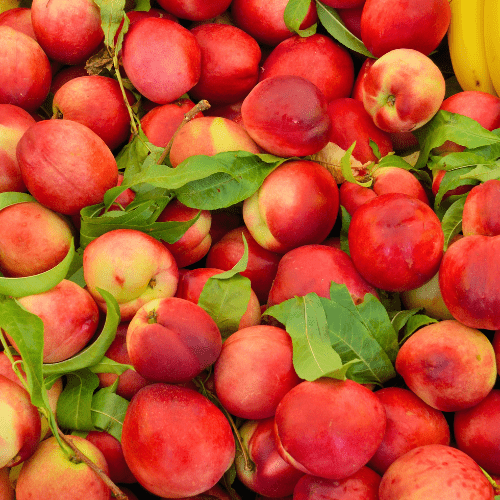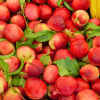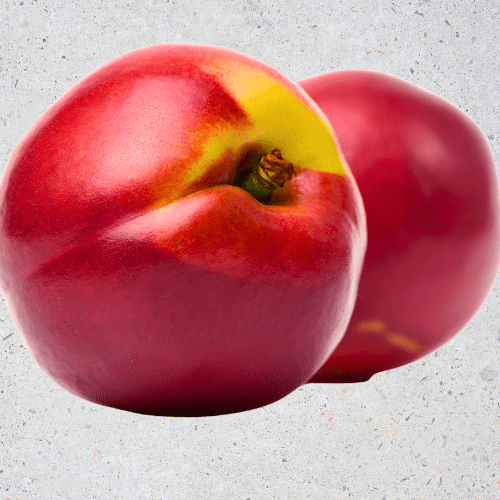Position
Full sunlight helps to prevent the tree from contracting diseases. The sunshine also helps to produce sweet, delicious fruits. Nectarine trees, known as one of the stone fruit varieties, require cold winters.
Plant the tree about six mts from another tree, wall, electric wires, etc., to allow it to grow without being hindered. Use companion plants like legumes because these attract suitable pollinators and help to keep the soil fertile.
Size
This tree reaches a mature height between 2 and 5 mts with a canopy of 2.5 to 3.5 mts.
Soil Type
Soils that are well-draining but still manage to retain some moisture are best for nectarine trees. The only soils that do not work well are dense or heavy. A slightly acidic pH between 6.0 and 7.0 is best for fruit trees.
Watering
Newly planted nectarine trees need consistent moisture for root establishment. Mature trees are drought-tolerant but still require regular watering, about 2-3cm per week. Water deeply to encourage deep root growth. Drip irrigation systems and soaker hoses are effective for providing consistent moisture. Water at the base of the tree to avoid wet foliage and reduce the risk of fungal diseases.
Mulch
Apply organic mulch to your nectarine tree all year round.
Use from 2 to 5 centimetres of pine bark mulch to protect the roots from UV damage and drying out. It retains moisture, and maintains an optimal pH. Do not let the mulch touch the plant stem, as it may cause infection or rot.
Fertilising
Apply our slow-release all-plant fertiliser. Apply 1 teaspoon every 4-5 months. The roots will absorb what they need.
Alternatively, apply a balanced fertiliser (such as 10-10-10) in early spring before new growth begins. Thereafter fertilise annually in early spring.
Pruning
The best time to prune nectarine trees is during winter dormancy to minimize disease risk. Light summer pruning can manage growth and improve light penetration, but heavy pruning should be avoided. Cut away dead, diseased, or damaged branches. Plum trees benefit from an open-center (vase-shaped) structure. Remove inner branches to allow light and air to penetrate the tree’s center. Remove crossing or rubbing branches. For young trees, establish a strong framework; for mature trees, maintain the desired shape. When making cuts, cut back to a healthy bud and at a slight angle to promote healing. If the tree is getting too tall or wide, prune it to maintain a manageable size.
Remove no more than 20-30% of the tree’s canopy at one time. Over-pruning can stress the tree and reduce fruit production.
Pests
Keep an eye out for pests like the Curculio beetle, aphids, mites, and scale insects that can infest plum trees. Watch for signs of infestation and remove fallen fruit and debris to maintain good garden hygiene. Use traps and horticultural oil sprays to control pests.
Harvesting – Pick your delicious, sweet fruit when the skin is orange-red.








